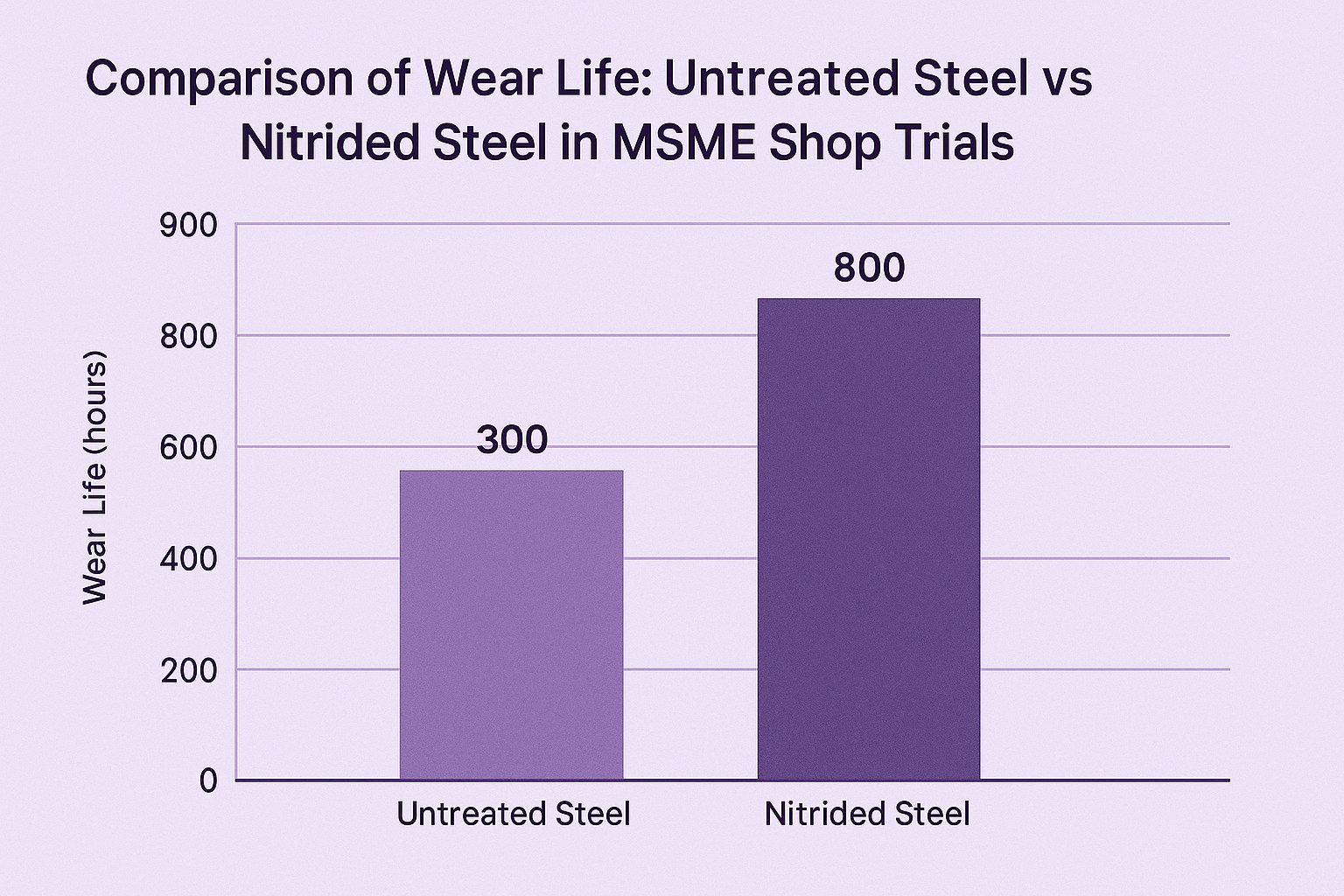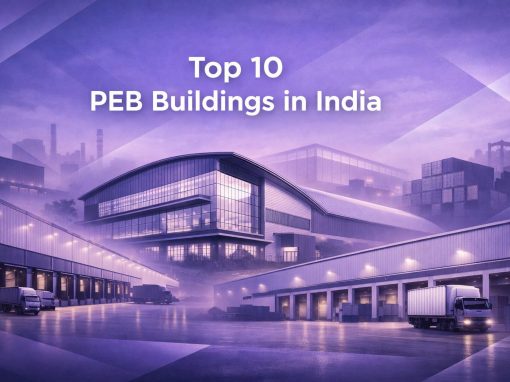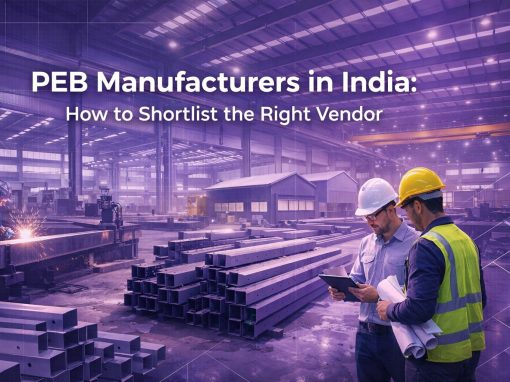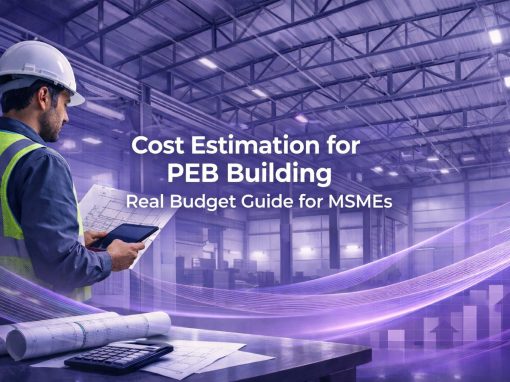Table of Contents
The nitriding process is, technically speaking, a method of surface hardening. It introduces nitrogen into the outermost layer of steel parts, forming a hardened skin while leaving the core tough and elastic. Sounds precise—and it is. But for Indian manufacturers, especially MSMEs, the real draw is in what it solves.
In typical workshop scenarios, distortion during heat treatment can ruin an entire batch. Nitriding sidesteps that. No quenching, minimal post-processing. For MSMEs without the luxury of in-house CNC finishing, that’s not a nice-to-have—it’s a lifesaver.
Now, most resources will rattle off the three methods: gas nitriding, plasma nitriding, and salt bath nitriding. And sure, we’ll get there. But here’s what often gets left out: the decision to nitridize isn’t just technical—it’s financial, logistical, and even reputational. A single untreated die in an automotive supply chain? That’s a missed deadline. Maybe a lost client.
Many MSMEs—especially those scaling from job work to OEM contracts—realize this only after facing quality rejections. It’s rarely the material. It’s the surface. And while case hardening still dominates smaller towns, nitriding is quietly gaining ground in precision machining clusters from Rajkot to Coimbatore.
The kicker? You don’t need to overhaul your setup. A reliable vendor, a basic understanding of steel heat treatment, and a bit of planning—that’s often all it takes to get started.
Types of Nitriding and Their Use Cases
Every MSME that’s touched heat treatment knows this: what works in theory often falls flat on the shop floor.
Gas Nitriding
This is the most common method and frankly, it gets the job done. You load the parts, heat them up in an ammonia environment, and over several hours, a hardened layer forms. It’s predictable, which is good. But it’s also slow. For MSMEs making hundreds of gears or bushings every week, that delay matters.
Plasma Nitriding
Then there’s plasma nitriding—a newer technique, often used in tool rooms. This one uses electricity in a vacuum to create a plasma field. Sounds fancy, and it is. But the main benefit? Precision. The layer is cleaner, more uniform. Less post-machining. If you’re exporting or making dies that go into molds or critical assemblies, this is worth looking into. Downsides? Not every city has a vendor who does it right, and the cost per part is higher.
Salt Bath Nitriding
Salt bath nitriding is still around, though many MSMEs are moving away from it. It’s fast, yes. But disposal is messy and not so friendly when it comes to compliance. Still, if turnaround is everything and you’re making heavy-duty tools, it’s an option.
Here’s the truth: it’s less about the process and more about what you’re building. For some, speed wins. For others, finish quality is everything. Most Indian MSMEs aren’t choosing nitriding types—they’re choosing vendors. And that decision often gets made on price, not process.
Still, if you’re scaling or pitching to tier-1 buyers, knowing the difference can save you from poor specs and costly rework.
Benefits of Nitriding for MSME Manufacturers
You don’t need to be a metallurgist to appreciate nitriding—you just need to have had a batch of components fail early.
Let’s break down the real gains, from a working MSME point of view.
Longer Part Life = Fewer Headaches
Whether it’s dies, shafts, or valves, nitriding gives you parts that last longer—sometimes 2x or even 3x compared to untreated stock. And not just in lab tests. We’re talking field use: trucks, pumps, press tools.
One MSME in Rajkot making textile spares shared that after switching to gas nitrided spindles, their warranty calls dropped by nearly half in one season. That’s not a stat—that’s peace of mind.
Less Rework, Better Consistency
Post-treatment rework eats time and margins. Nitriding, especially plasma, causes minimal distortion. You don’t need to regrind every other part. In small-batch production, that matters more than you think.
Imagine your machinist doesn’t need to tweak tool offsets every time a part returns from hardening. That’s actual time saved, not just theory.
Better Performance Without Expensive Alloying
A lot of MSMEs chase high-grade steel to improve performance. But nitriding lets you get more out of regular steels. With proper nitrogen diffusion, even standard EN19 or H11 can hit performance close to premium alloys—without the cost jump.
Disclaimer: The data presented in this chart is for illustrative purposes only. Wear life values are indicative and may vary based on steel grade, load conditions, treatment parameters, and vendor quality. For precise technical evaluation, consult certified test results or conduct in-house trials.
In short, you’re squeezing more life out of the same material. No fancy sourcing, no new supplier headaches.
Cost vs. Value: It’s Not Just About the Bill
Here’s what’s often misunderstood. Nitriding looks expensive at first glance—₹80 to ₹200 per kg depending on method and location. But compare that to one field failure, a returned shipment, or a client lost to quality issues.
In industries like defense or export tooling, the cost isn’t just monetary—it’s strategic. You either meet spec, or you don’t. And when compliance starts becoming part of your deal flow, there’s no room for “almost okay.”
The value of nitriding becomes obvious not in one job, but across cycles. Over time, fewer breakdowns, fewer reworks, fewer unhappy calls from clients. That’s what builds reputation—and repeat orders.
Vendor Selection and Procurement Strategy
You can know everything about the nitriding process—but if your vendor gets it wrong, it won’t matter.
In Indian MSME circles, nitriding is often outsourced to job shops or heat treatment vendors nearby. And that’s fine—until it isn’t. The problem isn’t always capability. It’s repeatability, documentation, and fit-for-purpose service.
Let’s look at what to watch for.
Don’t Just Look at Cost — Look at Fit
Most procurement teams start with cost per kg. That’s understandable, but it’s also risky. The same ₹110/kg plasma job in Ludhiana might deliver better fatigue life than a ₹75/kg salt bath one elsewhere. What matters is what your part needs.
If you’re supplying to OEMs, you’ll need test reports. If it’s high-run tooling, surface finish matters. Match the method to your end-use—not just your budget.
Check for Process Control — Not Just the Furnace
Here’s a tip: ask your vendor how often they calibrate their furnace. If they don’t have an answer, walk away.
Good nitriding needs tight control of time, temperature, gas mix, and pre-cleaning. In places like Pune, Bengaluru, and Faridabad, you’ll find certified shops with ISO, sometimes even NADCAP. They’re not cheap—but they know what they’re doing.
Ask for:
- Material compatibility list
- Microhardness test results
- Case depth reports
- References from past industrial clients
If they hesitate, you already have your answer.
MSME Case: When Cheap Cost a Lot
One forging unit in Bhiwadi decided to save ₹12,000 on a nitriding job. No testing, no documentation—just cash and carry. Three weeks later, the client returned 30% of the shafts due to early surface wear.
It cost them the contract.
That same unit now works with a plasma nitrider 40 km away—slightly pricier, but consistent, and with full traceability. Sometimes, the cheapest vendor is the most expensive mistake.
Bottom line? Your nitriding partner should be exactly that—a partner. Not just a vendor who fires up a furnace and hands you parts in a jute sack.
Schemes, Subsidies, and Quality Compliance
Adopting nitriding isn’t just a technical move. For Indian MSMEs, it’s also a signal—you’re stepping into a different league. One where compliance, documentation, and government alignment start to matter more than just speed and cost.
And here’s the good news: if you’re smart about it, there’s policy support available.
Tapping into MSME Subsidy Programs
Under initiatives like the Credit Linked Capital Subsidy Scheme (CLCSS) and ZED Certification, units upgrading their technology—including heat treatment capabilities—can claim partial reimbursements or get low-interest loans. Plasma nitriding units qualify as tech upgrades due to their energy and precision efficiency.
If you’re outsourcing, that’s fine too. What matters is that your process chain includes certified vendors—and you can prove it.
Need help with paperwork? Many DICs (District Industries Centres) offer nodal support or partner with industry bodies like FIEO or SIDBI. It’s not always fast, but it’s there—and a few lakhs saved can go straight into capacity building.
Don’t Sleep on Quality Certifications
You don’t need ISO 9001 on Day 1—but if you’re serious about entering auto or defense supply chains, your process documentation needs to improve. That includes traceability on nitrided parts.
Ask vendors for:
- Microhardness test reports
- Nitrogen diffusion profiles (if plasma)
- Calibration logs of furnaces
They’re not just for audits. They’re for building trust with buyers who’ve seen too many failures from job shops with no paperwork.
Make in India & the MSME Shift Toward Advanced Finishing
With increasing scrutiny on imports and localization goals, sectors like railways, defense, and renewable energy are actively sourcing from Indian MSMEs. Many tenders now include surface hardness specs, minimum case depth, or “nitrided finish” as eligibility filters.
In short—if your components can’t prove compliance, you’re not even on the longlist.
An MSME in Aurangabad that began using certified nitriding vendors saw its approval rate for large buyer POs improve by 35% within a year. Why? Buyers didn’t have to “assume quality.” It was on paper.
Compliance is no longer an overhead—it’s a qualification.
And with policy momentum behind manufacturing, nitriding isn’t just a metallurgical process. For MSMEs ready to grow, it’s a strategic tool.
Conclusion
Surface hardening used to be something only the big guys worried about. But things have changed. Today, even small and mid-sized manufacturing units are expected to meet specs, reduce returns, and improve product life—without blowing up costs.
The nitriding process isn’t a silver bullet. But it’s smart. It gives you durability without distortion, longer part life without switching to exotic materials, and a competitive edge without building a whole new plant. For MSMEs, that’s the kind of advantage that compounds over time.
Just remember—the real win is in consistency. Get your process right. Get your vendor right. And get your paperwork in place. Because whether you’re quoting to a new buyer or chasing a government tender, showing you’ve got your heat treatment act together? That gets noticed.
FAQs
What types of steel are best suited for nitriding?
Can nitriding be applied after hardening or heat treatment?
How long does a typical nitriding process take?
Is nitriding environmentally friendly compared to other surface treatments?
Are there MSME clusters in India that specialize in nitriding services?
What is the difference between nitriding and nitrocarburizing?
Can nitriding be used for aluminum or non-ferrous alloys?
Does the nitrided layer affect machining tolerances?
Is post-nitriding grinding always necessary?
What quality standards apply to nitriding jobs in India?
Ananya Mittal blends a background in data science with a passion for writing, contributing to Tata Nexarc’s efforts in creating insightful, data-informed content for MSMEs. Her work focuses on exploring sector-specific challenges and opportunities across procurement, logistics, and business strategy. She is also involved in leveraging analytics to strengthen content performance and deliver actionable insights to India's growing B2B ecosystem.






